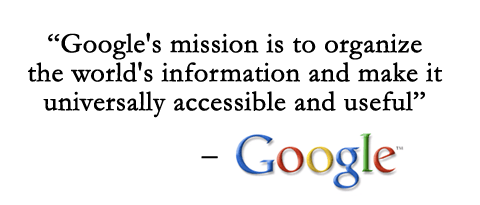I recently became the head of Computer & Information Technology at my high school. To many this might cause confusion, not many schools appear to have a head of digital technology. When recently asked to join up with the other two heads of Comp/Info tech in our region I discovered that there aren’t any, I am the sole head of digi-tech in my area.
| A day in the life of that rare creature: the head of info-tech |
I was supposed to be meeting up with them to plan our upcoming PD day. Being the resourceful fellow I am, I started putting together ideas for the pd on prezi. In thinking it through, I want to go after three ideas: how we administer computer studies, how computer studies are presented in ministry curriculum (and the problems around that), and what the future of computer studies holds.
The general response I get from teachers around digital technology is that very few know anything about it, but they’re all expected to be comfortable with it. The other response is that the digital natives won’t learn anything from us because they already know everything.
The myth of the digital native is just that, a myth. Student digital fluency is pretty much the same as the general population, except they spend a lot more time doing the same, limited activities in digital space. The digital native is, in many cases, actually the digital serf.
After working my way through thinking about computer studies and how it’s taught in my school (and board), I want to try and change the way computer studies are delivered. The current state of curriculum is that of a still maturing discipline, hogtied to its past. In talking to other computer teachers, they find themselves (variously) under math or business headships as a sub-department. On top of that computer studies are divided into two sections: computer engineering (hardware) which falls within the tech department (along with carpentry and automotive repair amongst others), and computer science (programming), which tends to get swallowed by business or math.
It’s common for computer science teachers to have nothing whatsoever to do with computer engineering teachers. This makes it tricky to develop coordinated curriculum, share resources, plan field trips or even just advocate effectively to hire the vanishingly few qualified computer teachers there are out there.
As I mention in the prezi, this is the equivalent of us teaching music by having a course on maintaining, tuning, building and repairing musical instruments, and then having a completely different course on how to read and write music; theory separated from mechanics. In the case of music, an ancient discipline that has evolved over millenia, we recognize an obviously unified course of study. Computers do not have the benefit of these years of evolution. We need to start unifying these skills.
The division of the discipline results in crushingly small numbers in computer science. When I was in computer science in the 1980s, we ran six sections of senior computer science a year… on card readers! Last year my high school (roughly the same size as the one I attended back in the day), ran a single, mixed (academic/applied) section of computer science at the grade 12 level, and it wasn’t full. Did computers hit a high point in the 80’s and become a less relevant part of modern life? Why on Earth would we teach fewer people how they work now?
Computers are a part of everyday life in 2012. We have come to expect a level of competency in our population equivalent to the universality of literacy or numeracy, but we don’t teach to this need, and it is largely unmet. We are instead producing graduates who teach themselves bad habits on computers and then we fear their apparent familiarity; we wouldn’t dream of teaching literacy or numeracy like this.
A coherent push to unify computer studies would reduce staff technology fears, improve digital pedagogy, build digital fluency in both staff and students and actually prepare people for the digital world that is being built around them. Failure to do this is sending our students into the future without addressing an increasingly urgent and important skillset.






















